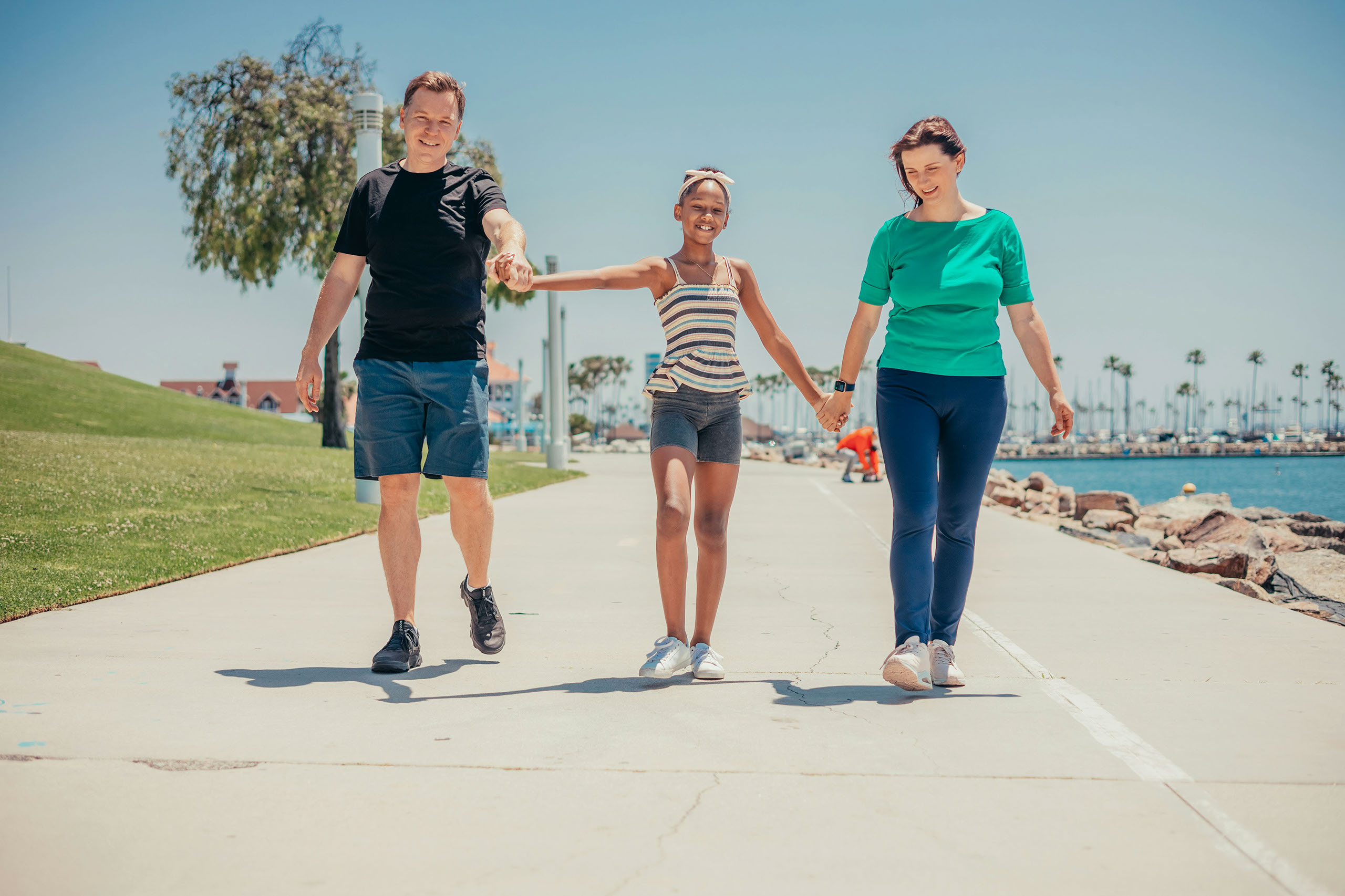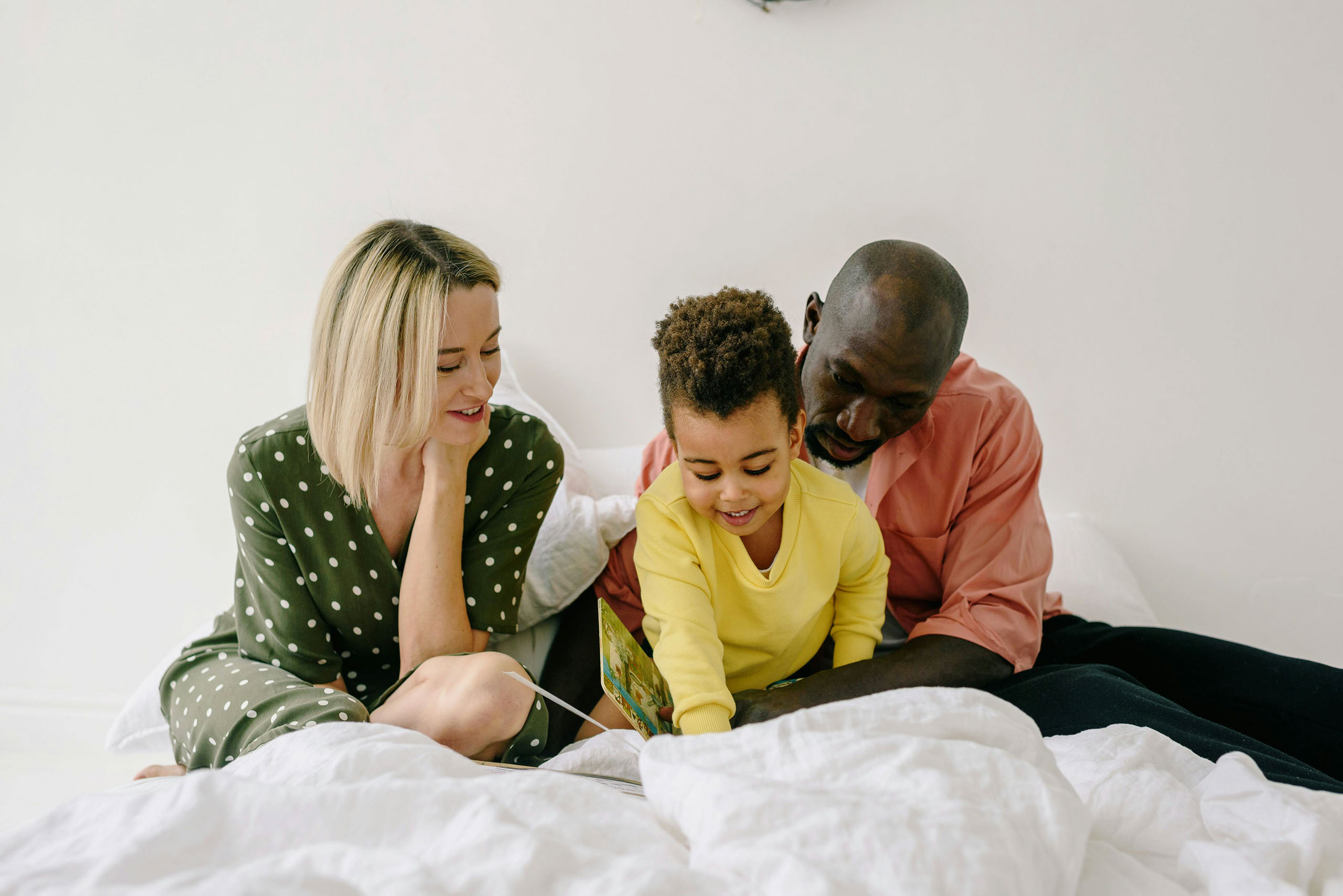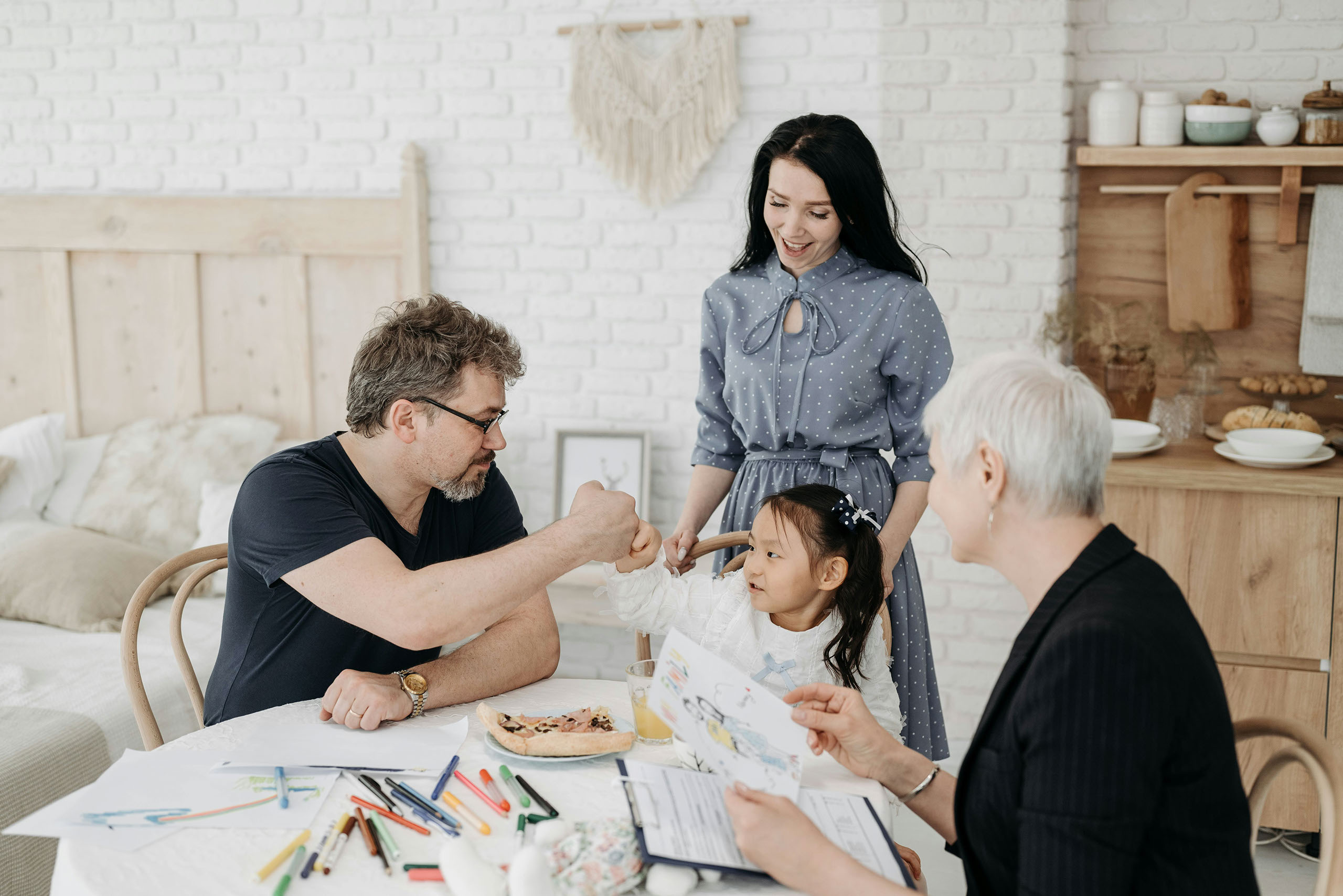


Congratulations! You’ve taken the first step into the world of foster care.
Now what? First things first, pray, pray,pray and keep praying!
Have you considered.....
• Why do you want to be a foster parent? Your motivation for wanting
to be a foster family matters.
The goal of foster care is to provide a temporary home for
a child until they can be safely reunified with their
parent(s). The best interest of the child should be at the
forefront of all decisions.
Donate here
• Are you willing to work with the birth family regardless of how easy or
difficult they may be to work with?
• Have you (and your spouse if married) been intentional about
educating yourselves on the topic of caring for children affected by
trauma?
• Has your spouse been part of the decision to become a licensed foster
home? (Yes you can foster as a single person). Are all members of
your household on board with your family doing foster care?
• How will opening your home to foster care affect your family?
Children? Extended family? Schedules? Finances?
• Does your family meet the basic qualifications?
• For two parent households, are both parents willing to foster and
participate in the homestudy?
• Are all family members in good health?
• Does your family have enough income to meet all household
financial obligations without any type of foster care payment?
• Do all family members have a bedroom? If anyone is sleeping in the
basement, there must be an egress window or exit directly to the
outside.
• Have you utilized the free resources for consultation before, during
and after licensure:
• Foster Parent Navigator 1-855-MICHKIDS (642-4543)
• Social worker from Clara’s Hope (810) 428-6522
If you’re ready to move forward, your
next step is to find an agency.
• Research all your options, pray, interview staff and other families.
• Options include the Department of Health and Human Services and
numerous private child welfare agencies.
• It’s important to find the agency that is right for your family.
Once you’ve selected an agency, the
licensing process can take six months:
• Complete orientation with your selected agency. Some agencies do
the one time orientation with each family individually at the family’s
home while other agencies hold a group orientation at their office.
• Attend the state mandated GROW training. Each agency schedules
GROW training differently. You may have the option to attend GROW at
another agency depending on your schedule and the agency’s policy.
• The homestudy is a lengthy document that will be written about your
family by your assigned licensing worker and will be submitted to the
Bureau of Child and Adult Licensing for final licensing approval. The
licensing worker will come to your home a few times to interview all
family members, inspect the home to ensure all state mandated
policies are met and collect all documentation needed such as
physicals, financials, veterinary records, etc.
• Just a tip: To help speed up the process, be proactive in
completing appointments for physicals, fingerprinting, etc. and
submitting all needed documentation to your licensing worker.
• If at any point you have questions, ask. Don’t be afraid to ask and
keep on asking.
• If you aren’t getting the answers you need, talk with your agency. You
always have the option to change agencies. Your license is just that.
Your license.
Once your license is approved, you will be
contacted by your agency for potential placement.
• When a child needs to be placed into foster care, agencies contact
their licensed families. It is important when your agency contacts you
about a possible placement that you are ready with a list of questions.
Never say yes to a placement immediately and absolutely say no if you
and your spouse believe there is a reason this placement isn’t right
for your family at this time.
COPYRIGHT. ALL RIGHTS ARE RESERVED DESIGNED AT LAKEHOUSE STUDIOS
